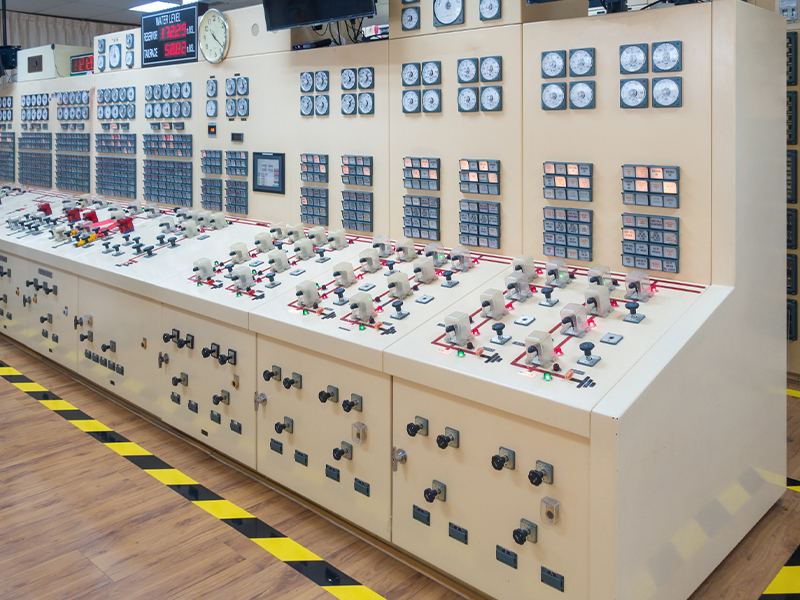
High Voltage Circuit Breakers maintenance Supplier
High-voltage circuit breakers are electrical devices that are used in high-voltage electric systems. In these systems, the voltage is above the nominal voltage of potential transformer secondary coils and is usually somewhere between 20 kV and 800 kV.
High voltage circuit breaker maintenance are essentially high-voltage versions of low-voltage circuit breakers with very similar functions to trip when excess current or voltage is detected.
These devices also disconnect the power supply from its source in case of a fault; however, their housing must be made from special insulating materials capable of withstanding high voltages, unlike low-voltage ones, which can be housed with standard metallic materials.
The main difference between a high- and low-voltage circuit breaker involves their ratings. High voltage doesn’t necessarily mean large current. It refers to a higher operating voltage within the device itself compared to that of a low-voltage breaker.

